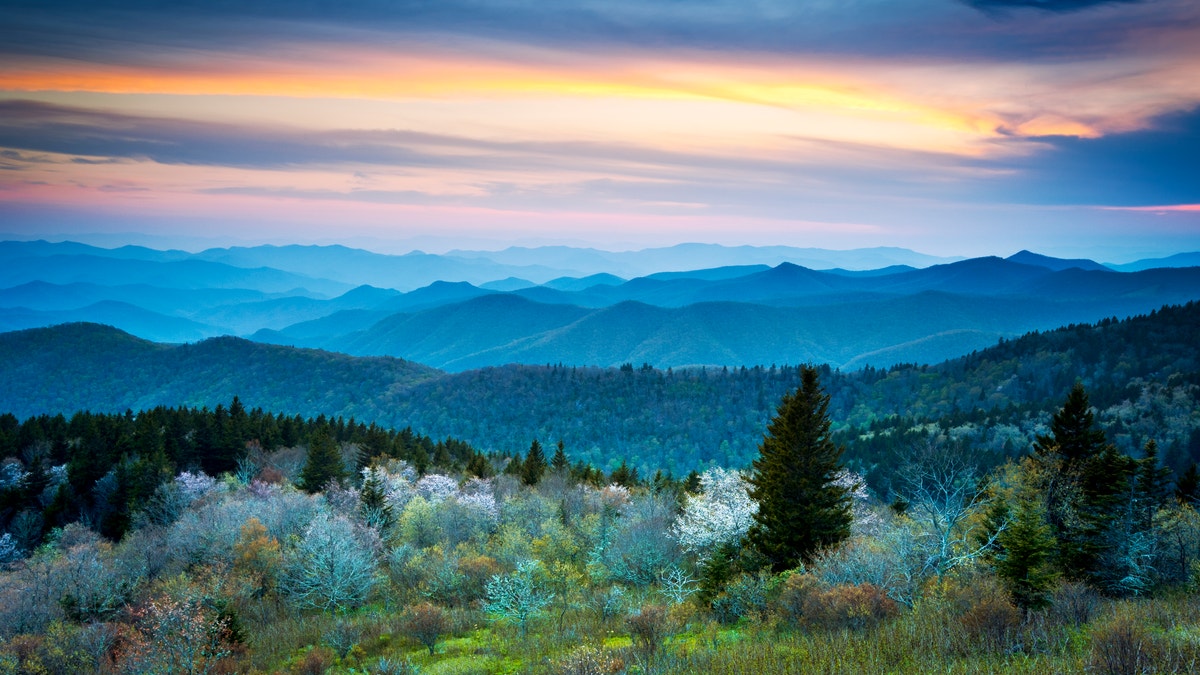Avoid the crowds and discover the wild essence of these U.S. national parks during their quiet seasons—a time for relaxation and significant travel deals.
1. Yellowstone National Park: Idaho, Montana, and Wyoming

Yellowstone N.P. - (iStock)
Visitor numbers drop beginning in September each year and continue to progressively slow until the snow coaches begin their winter travels in December. “It’s my favorite time of year in the park,” says Kipp Saille of Rockin’ HK Outfitters, who has been running horse-packing trips in Yellowstone’s backcountry for 17 years. By early November, most roads in the park close, save for one through the Lamar Valley, a popular wintering ground for wildlife. Autumn weather can range from the 70s to the 20s with snow, but bring your swimsuit and warm up with a dip in the Boiling River or a visit to nearby Chico Hot Springs.
2. Zion National Park: Utah

Zion Canyon National Park, Utah. (iStock)
Expected to break 3 million visitors for the first time in 2014, Zion National Park is getting more difficult to navigate with its single road through the park and a mandatory shuttle system in the busy months. You can explore it more freely in the offseason, whether that’s fall or spring. For golden autumn colors and remnants of summer's warmth, go in October through mid-November. But visit in April for mild temperatures and seasonal waterfalls.
3. Grand Teton National Park: Wyoming

(iStock)
November is, by far, the quietest month in this park. Snow has fallen, elk and bighorn sheep have come down to their wintering grounds, and a sense of tranquility fills the landscape. It’s the perfect time to enjoy views of the Teton range, whether on skis or from the warmth of a fireplace. The resort town of Jackson Hole also has a relaxed pace this time of year.
4. Acadia National Park: Maine

(iStock)
Maine’s winters can be as rugged and variable as its coast, but Acadia National Park on Mount Desert Island offers snow enthusiasts a magical playground. “The winter in Acadia is remarkable. You can cross country ski down Main Street, and the park is empty of people and filled only with critters,” says Eli Simon, owner of nearby Atlantic Climbing School. Visitors will find 40 miles of cross-country skiing, snowshoeing, and dog sledding, as well as opportunities to snowmobile and ice fish. Find lodging and hearty meals in the nearby quaint town of Bar Harbor.
5. The Grand Canyon: Arizona

(iStock)
“It doesn’t matter if you are seeing the Grand Canyon for the first or the 50th time; if you haven’t seen it in the winter, you are missing a glorious experience,” says Bruce Brossman, regional director of sales for the Xanterra South Rim lodge in the Grand Canyon. While the North Rim of the park closes to visitors during the winter, you’ll find lodging and services at the South Rim. Hop on the Grand Canyon Train and enjoy a scenic 60-mile ride (they also run a special Polar Express train during the holidays). If there’s enough snow, it’s possible to cross-country ski or snowshoe along the Rim Trail.
6. Great Smoky Mountains National Park: North Carolina and Tennessee

Scenic Blue Ridge Parkway Appalachians Smoky Mountains Spring Landscape (iStock)
During January and February, you can enjoy the least-crowded months in the Smoky Mountains. It might be 70 degrees Fahrenheit, or it might be snowing, but you’ll find quiet trails, historical cabins to explore, and much better visibility from vista points than in the summer months. Look for special events and deals with the Smoky Mountain Winterfest program, which runs November through early March.
Check out the national parks that you've got to visit in the off-season.
More from CNTraveler
15 Places You Won’t Believe Actually Exist
The Most Terrifying Places on Earth
